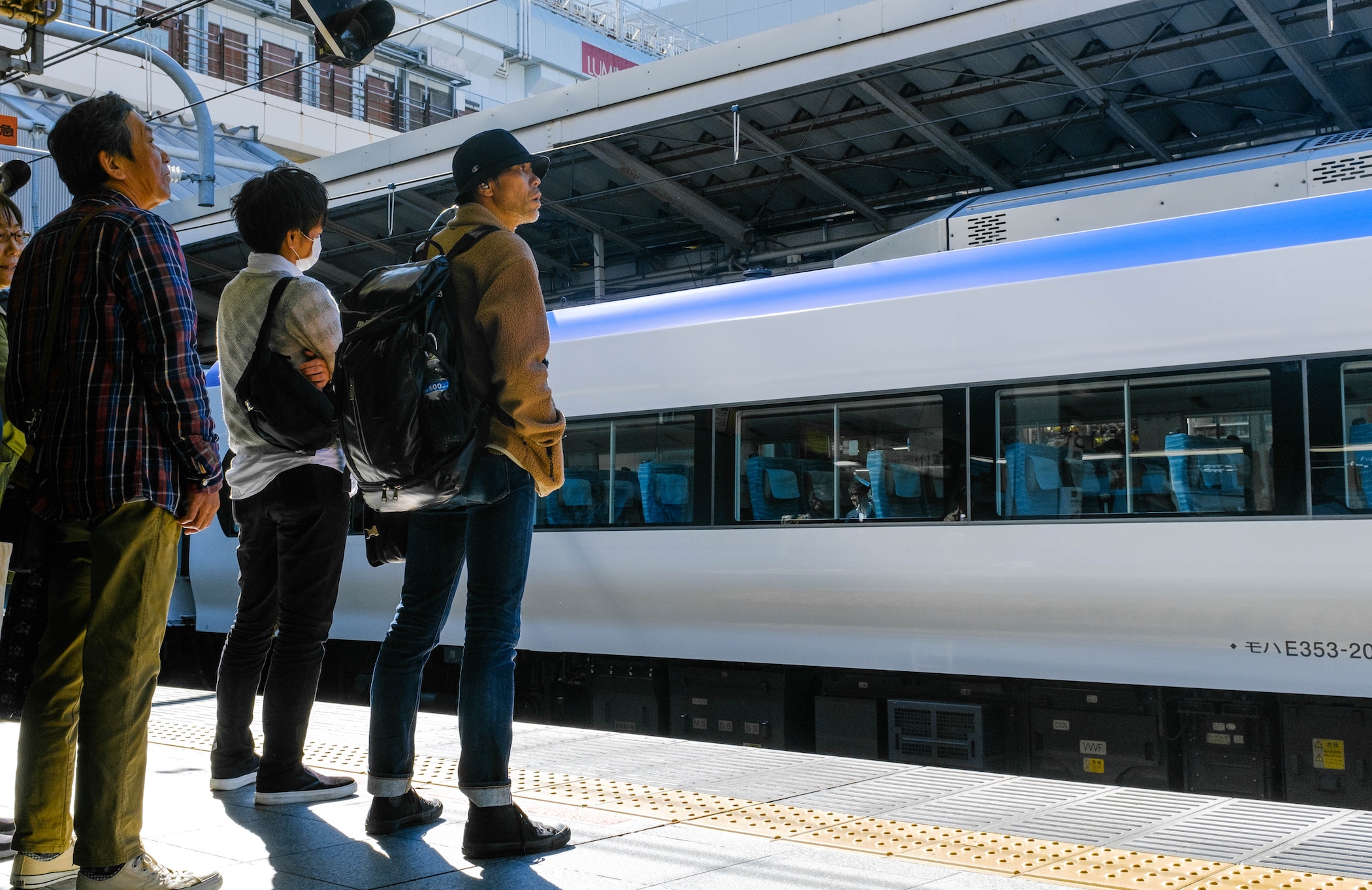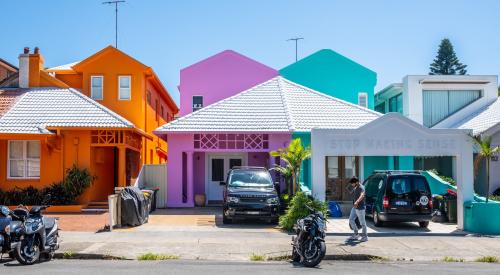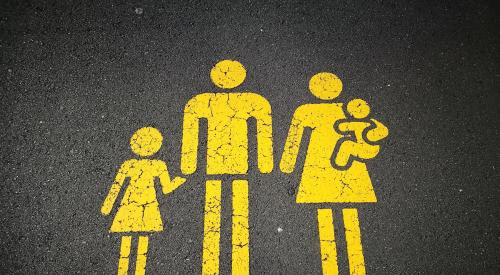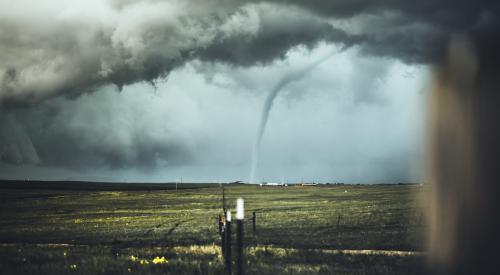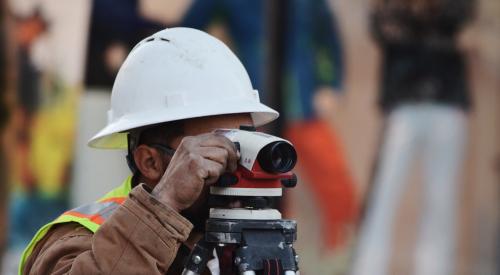A new study from UCLA finds that Japan's bullet train helped bring down housing prices in connecting cities Osaka and Tokyo. Experts wonder if California's high-speed rail project will be able to do the same.
The California High-Speed Rail (CHSR) project is billed as being able to create jobs, fight emissions, and possibly cut housing costs in Los Angeles and the Bay Area, two of the least affordable cities in one of the least affordable states. The UCLA report findings, based on 50 years of prefecture-level economic and demographic data, are that Japan's high-speed rail line allowed lower-wage workers greater access to exurban areas where housing is more affordable. Communities closer to rail stations had higher home price appreciation, and prefectures that include rail lines are more affordable than those without. Report author and UCLA management professor Jerry Nickelsburg tells CityLab, “What happens is you have effectively increased the size of the city,” Nickelsburg said. “The size of the city expands, and you get urbanization moving out.”
The future of California’s ambitious but troubled high-speed rail project is murkier than ever. Always controversial, the California High-Speed Rail (CHSR) project, which promises to whisk passengers from Los Angeles to the Bay Area in about 2 hours and 40 minutes at speeds that hit 220 mph, has experienced cost overruns and delays since it was conceived a decade ago. When approved by California voters in 2008, the project was projected to cost $40 billion. Since then, however, the price tag has swelled to $77 billion, with some estimates going up to $100 billion.
Construction is now in progress in the state’s less-populated Central Valley, and the first phase of the line, between San Jose and Bakersfield, could open by 2025, with San-Francisco-to-L.A. service beginning in 2029. Phase 2 of the project would extend service to Sacramento and Stockton in the north and San Diego to the south.
